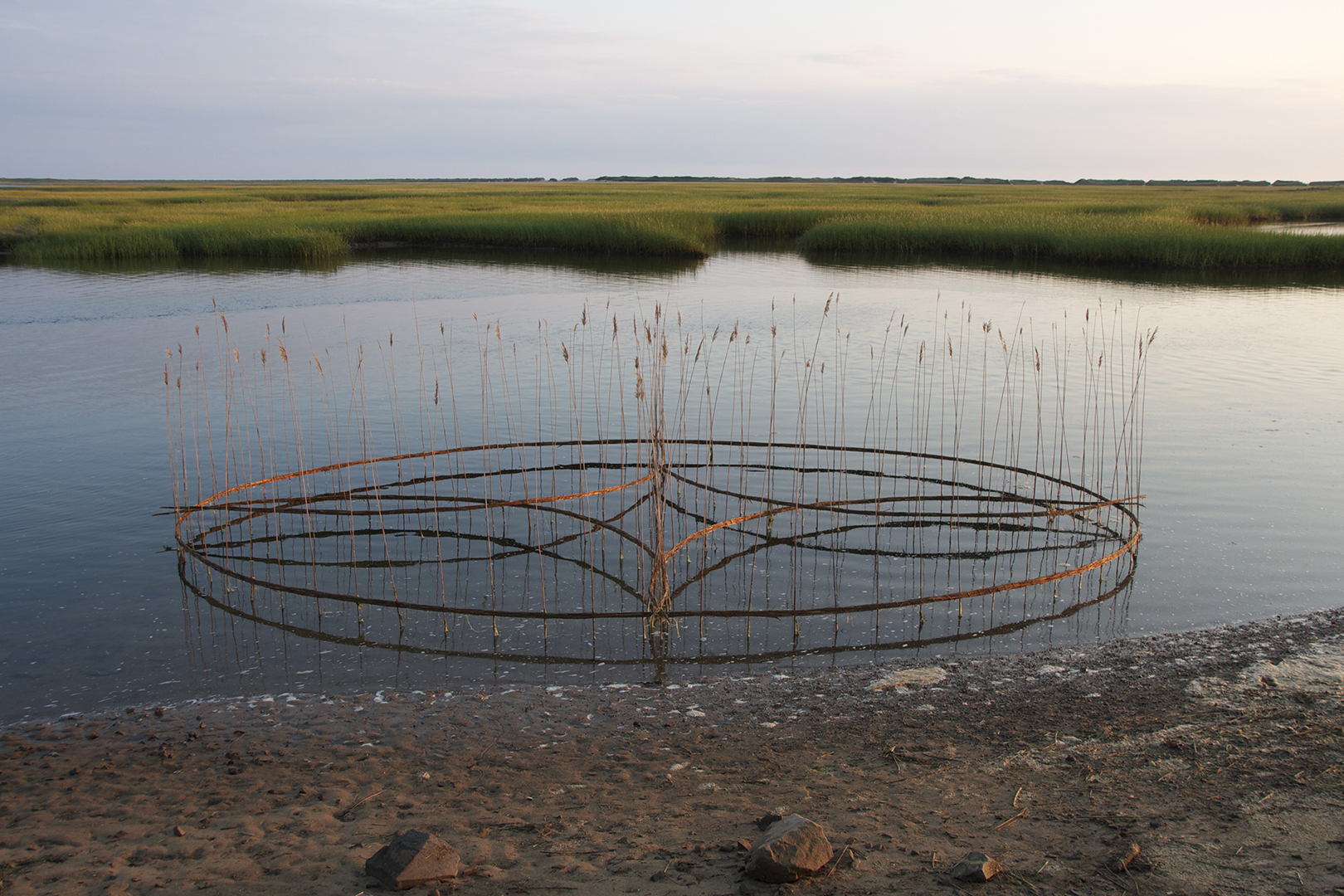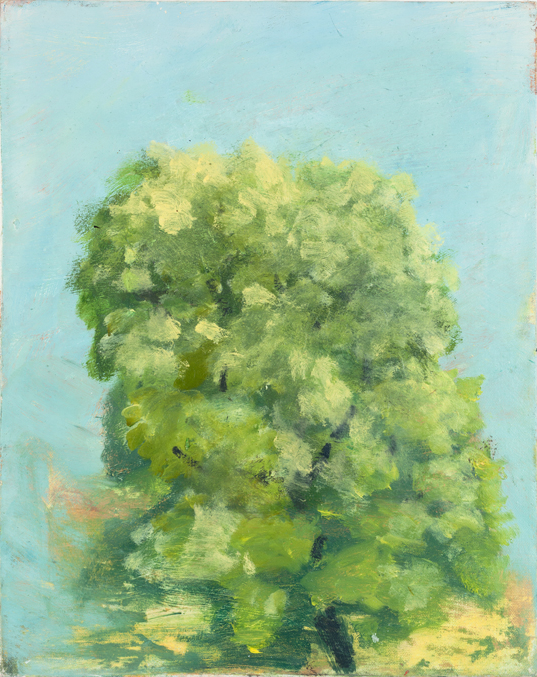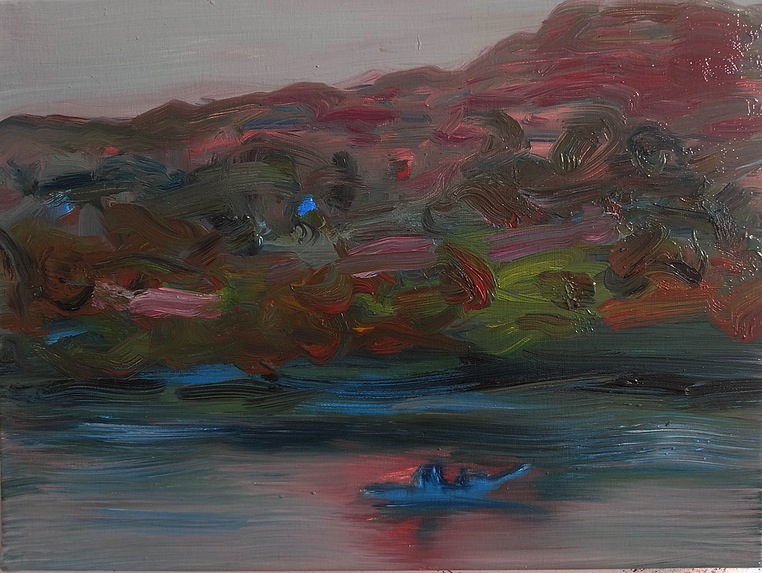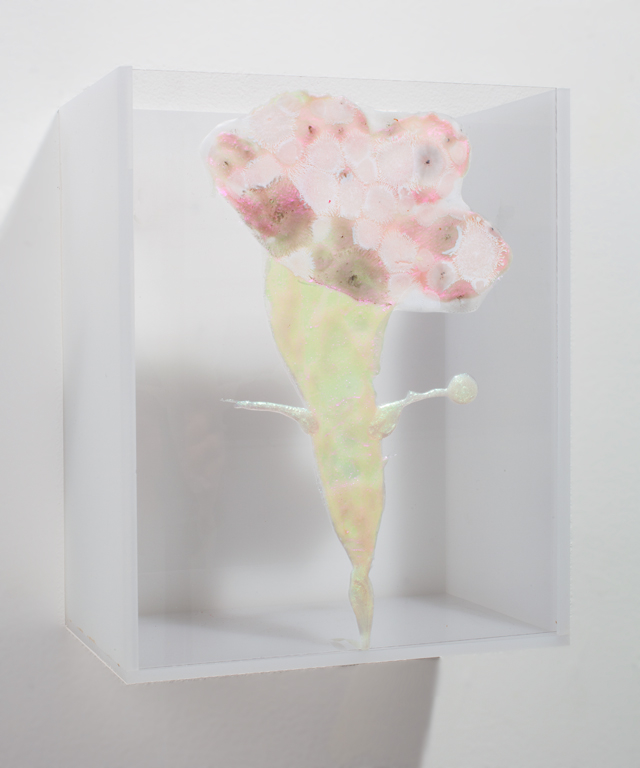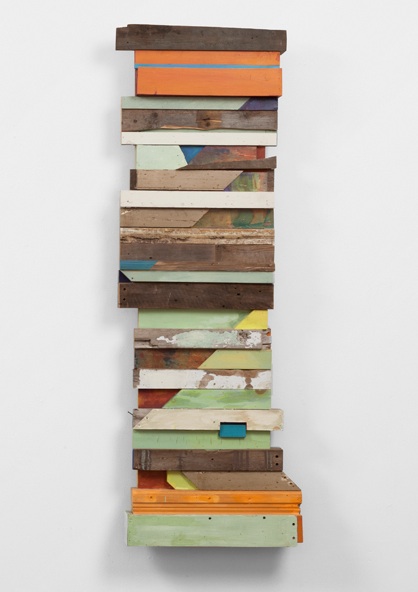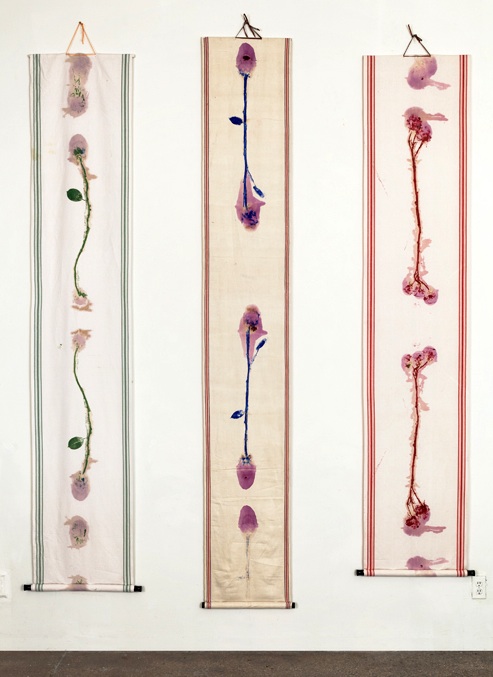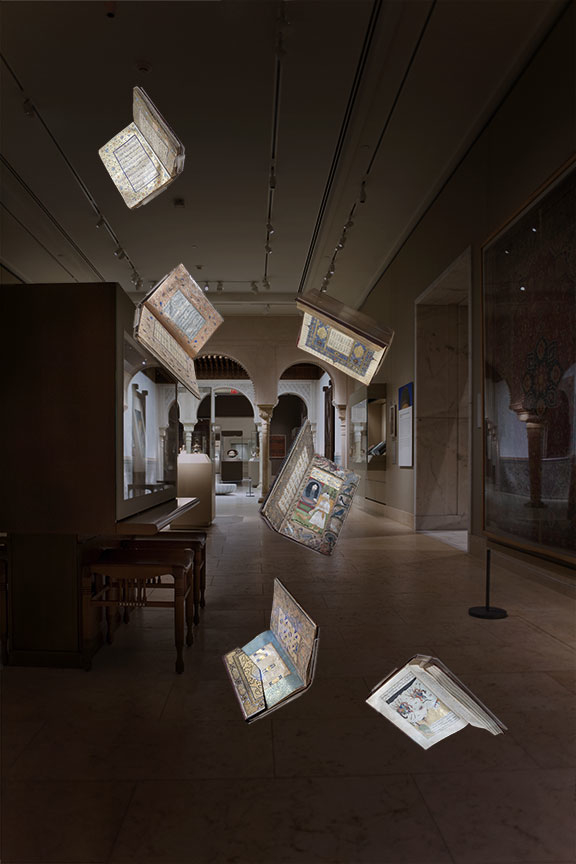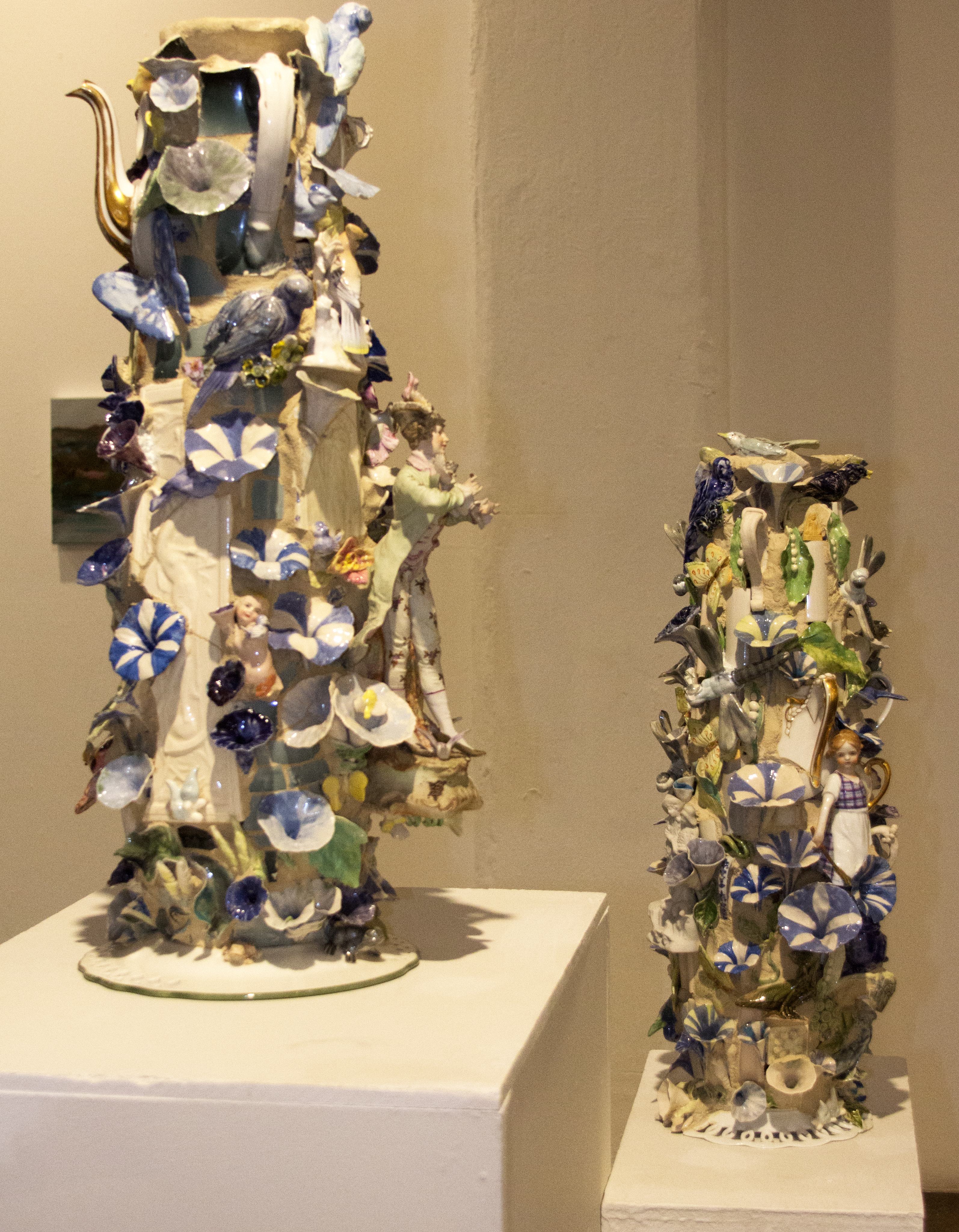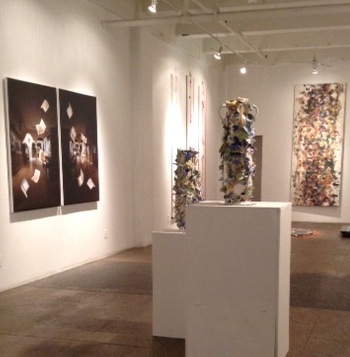Notes on Being There
Notes on BEING THERE, in a Chelsea gallery. After a long hiatus from the commercial gallery world it’s an interesting experience to be sitting in the middle of Chelsea with a show of works for sale. I’ve been calling this an experiment and trying not to have expectations. It’s been an enlightening experience so far. When I closed my gallery doors in 1995 it was a very different art world but in some ways little has changed. Many of the faces are the same, the art world is a small tribe. Of course the artists are much younger, but they still look like the same tribe.
The best part about spending time in the gallery with the art – is just that. It’s been a great privilege to live with the art every day for this month, to study the nuances of each piece, and see how the works grow on me. The time to look allows me to learn, to be surprised and transformed – even as a life long viewer. The other thing about “being there” in the gallery, as opposed to curating a show and leaving it after the opening night as I usually do, is the meet and greet experience. Welcoming visitors and talking with them about the work is something I’ve always enjoyed and I miss that aspect of exhibitions. I’m a regular gallery visitor and I rarely see dealers out front other than at openings, and even then they make brief appearances. Everything is hidden from view, in private back rooms. I understand how difficult it is to accomplish anything while being available to the public, but something is also lost when the gallery becomes faceless – or the only interaction is with the dour front desk receptionist.
What hasn’t changed is anticipation and the waiting game. I’ve been talking to neighborhood dealers and hear that galleries don’t matter any more – people don’t visit. Bricks and mortar are the past – everything is now seen and purchased at auction by billionaires or at art fairs, international exhibitions and biennials, the art world is global, the .01% travel to build their collections and to find the newest hottest thing. Are there any regular people that want to put art on their walls? I know that they used to exist in the 90’s but have they been priced out? One month in Chelsea does not give enough time to answer this question.
I struggled with determining the prices for the artworks in Being There. Inventing a price is totally subjective. As one prominent dealer told me, “if you sell it, you priced it too low, if you don’t sell it was priced too high”. In the non-profit art world where I’ve been curating shows over the past 15 years, the emphasis is on the visitor, their experience and educating the public. Other than negotiating an exhibition budget and curatorial fee, speaking of sales – is simply not a part of the discussion. The implication is that Art is lofty and above such mundane considerations. Artists must have day jobs, be academics, or have galleries to deal with making a living.
In the realm of ecological art where I’ve been operating, the very act of making an art object is frowned upon, much less selling it. Making more objects on a planet already filled to the brim with too much stuff is unconscionable, ethically speaking. Anti-consumption and art as activism rule the day. I understand all that – but I still have a desire to languish in the presence of art, to be visually intoxicated, to make time for the slow gaze and discerning the artist’s intention. I’ve come to believe that the inherently optimistic act of making art can serve as a counter to the despair of life on a planet in turmoil.
Meanwhile, I return to the non profit world and working with ecoartspace for a summer exhibition I’m curating for Smack Mellon in Brooklyn. Titled FOODshed: Agriculture and Art in Action, it focuses on sustainable agriculture, entrepreneurship, and artists’ use of food as subject matter or medium. LiptonArts might resurface at another NYC pop up space in the fall – or perhaps in an upstate NY location closer to home. Commuting is unsustainable over the long term!
